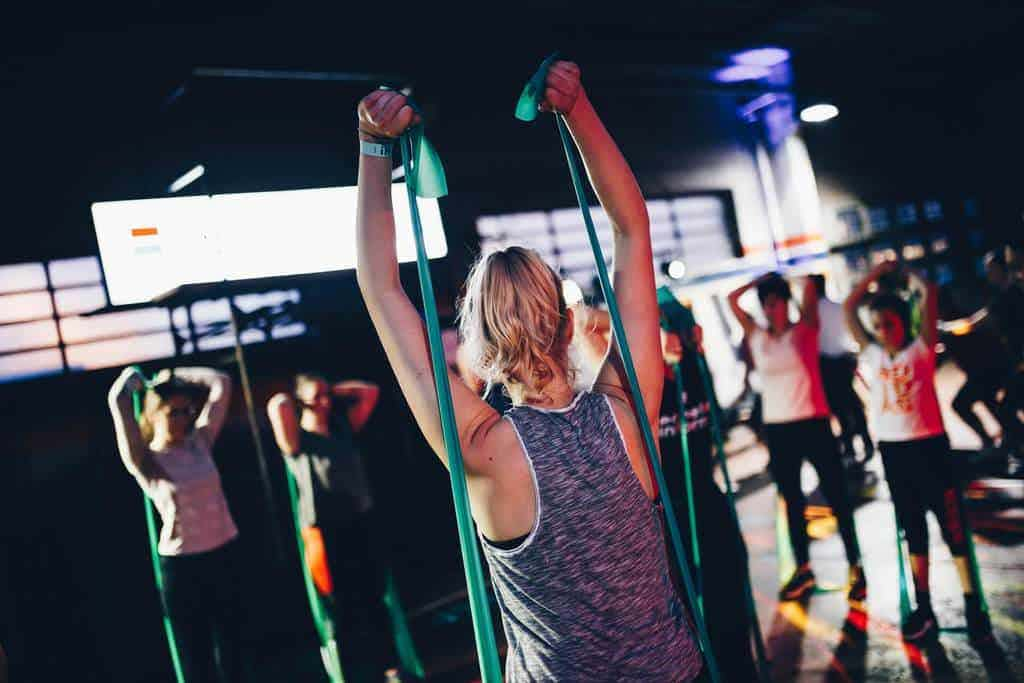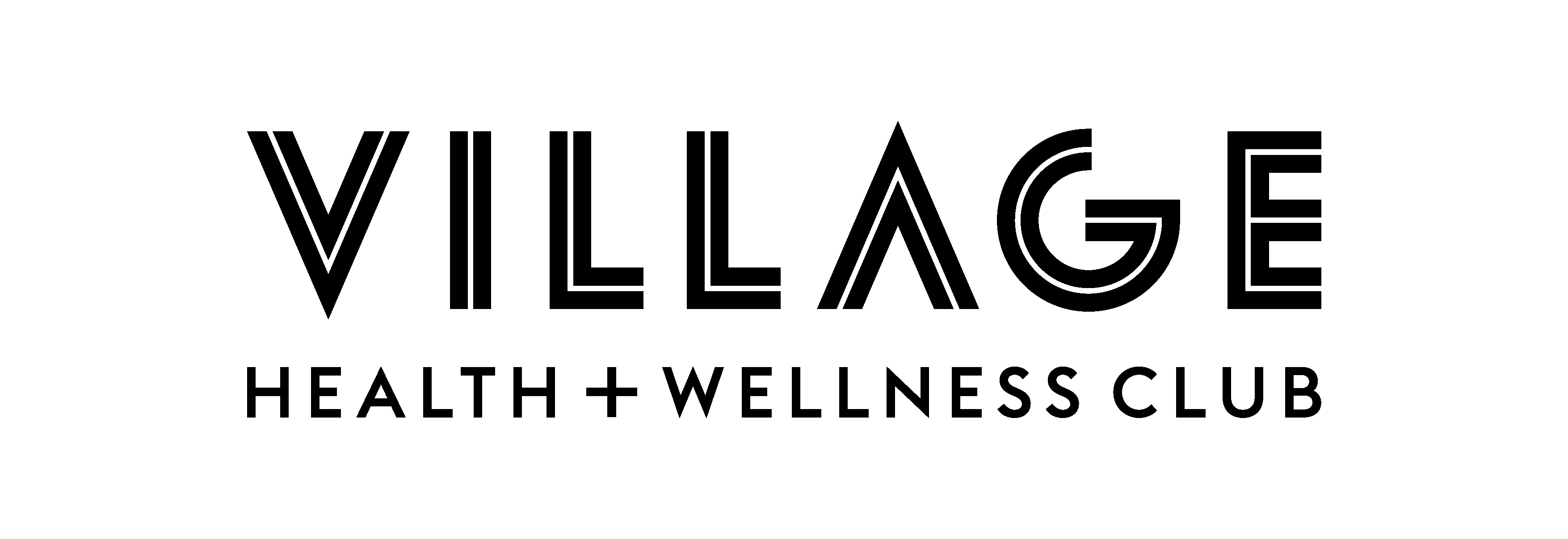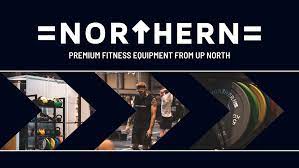Resistance bands have been popular for a while, and after gyms were closed for a prolonged period in 2020, they have become a must-have piece of fitness equipment. In this article, we will look at seven ways you can use resistance bands to maintain and improve your strength as you age.
Ready to transform your life? Whether you're looking for a new pair of running shoes or some shiny home gym equipment, you can find everything you need to fuel your fitness journey with our partner brands.
What are resistance bands & how do they work?
Resistance bands are large rubber bands used to perform traditional resistance exercises for which you would usually use a dumbbell or barbell.
They are incredibly versatile and can be used to recreate most exercises. But their main benefit is that they take up almost no space and are very easy to transport. They are perfect if you're travelling or don't have much room in your home but want a good workout.
Steve Hoyles from Hoyles Fitness supported this viewpoint, telling us: “Training with resistance bands is an excellent way to maintain muscle strength and joint mobility. They’re lightweight, versatile and really convenient, meaning you can use them any time and place. For a small investment you’ve got a portable, functional gym.”
Taking your resistance bands to the gym with you is also a good idea as you can use them for warm-ups. Or, if the gym is packed, you can use them instead of the exercise you had planned to perform. Bench press busy? You can use your resistance bands to perform a chest press instead.
Here are seven exercises that you can perform with resistance bands.
Some resistance bands come with handles attached, some are just large rubber bands. Some exercises suit the handled resistance bands better, but it is impossible to perform some activities with them. We will mention which one works best for each exercise, but you can perform all of them with the non-handled version.
Exercise #1 Face Pulls
The face pull is one of the best warm-up exercises around. It is ideal as a warm-up before performing the bench press, or shoulder press. Face pulls work the small muscles in your upper back and shoulder that provide stability.
Place your resistance band around a pole so that it is head height. Grab the handles using an overhand grip so that your palms are facing down towards the ground. Walk backwards with the handles in each hand to create tension on the resistance band.
Now you want to pull the handles towards your face, keeping your elbows high and wide. Stop once the handles are either side of your face. Pause, and then slowly return the handles to the starting position.
Use a very lightweight resistance band for this exercise. If you are feeling too much resistance, then either lower the weight or take a step forward. Remember, this is to warm up your muscles, not to overwork them.
The Face Pull exercise is perfect as an exercise on its own, improving posture and reducing the risk of a shoulder injury. You could use this exercise every morning to improve your mobility.
Resistance Band: Handled version best, but you can use regular
Exercise #2 Lateral Walk
If you've seen resistance bands in use before, then you have almost certainly seen the resistance band lateral walk. This exercise is ideal as a warm-up to barbell squats. It improves hip stability, allowing you to squat correctly. It's also a great exercise to do on its own.
Place a resistance band around your ankles. Crouch down into a half-squat position, take a large step to the right with your right leg. Now bring your left leg to the right. Pause, then return to the starting position. Now you need to move your left leg to the left. That's one rep.
Resistance Band: Regular
Exercise #3 Resistance Band Pull Apart
You will want to use a medium or heavy resistance band for this exercise. It’s a superb exercise for strengthening the upper back and shoulder muscles. Similar to the face pull exercise we looked at earlier.
Hold the resistance band in both hands, shoulder-width apart and extended out in front of you. Now pull the resistance band apart, keeping your arms straight and bringing them as far back as you can. Pause, and then return to the starting position.
Resistance Band: Regular works best
Exercise #4 Glute Bridge
The glute bridge is such an underrated exercise. Simple to learn and fun to do, it's a fantastic way to build strength in your glutes and hamstrings.
Place the resistance band around your thighs, a couple of inches above your knees. Lie down on your back with knees bent. Your feet will need to be quite wide apart to create some tension on the resistance bands. Place your hands on the floor at a 45-degree angle from your body.
Squeeze your glutes tight and then drive your hips upwards. You should have a straight line from your knees down to your shoulders at the top of the movement. Squeeze your glutes tightest at this point, and then slowly lower your hips back down.
Resistance Band: Regular
Exercise #5 Bicep Curl
The resistance band bicep curl is excellent because you get continual resistance throughout the movement. This contrasts to a traditional dumbbell bicep curl, where there is no resistance at the top or bottom of the action.
For this exercise, you need to hold a handle in each hand and then step onto the resistance band with feet shoulder-width apart. Stand upright, push your chest out, and keep your elbows tucked into your side.
Take a deep breath and then curl your arms upwards, pausing when the handles are in line with your shoulders. Pause, and then slowly lower the handles back down again.
Resistance Band: Handled version works best, but you can do it with a regular band
Exercise #6 Squats
As with the bicep curl exercise above, this exercise requires you to stand on top of the resistance band. Grab a handle in each hand and hold them at shoulder height. Place your feet slightly wider than shoulder-width apart.
Squat down, lowering your glutes towards the ground, keeping your feet flat on the floor. Pause when your thighs are at least parallel (go lower if you can), then return to the starting position. Perform this exercise slowly for best results.
Resistance Band: Either works, but handles may be slightly more comfortable
Exercise #7 Squats (v2)
This is another squat exercise, but it is performed differently and has a different purpose. The previous squat exercise uses the resistance band as a form of resistance (like a dumbbell or barbell). Whereas this squat uses the resistance band to help strengthen your hips and improve technique, in a similar way to exercise #2 on this list, the lateral walk, and exercise #4 the glute bridge.
Place the resistance band around your thighs, about two inches above your knees. Place your feet wider than shoulder-width apart to create some tension on the resistance band.
Squat down, lowering your glutes towards the floor. Keep your knees apart while you do so, feel that tension on the resistance band. Pause when your thighs are at least parallel but go lower if you can.
Once you have paused, slowly return to the starting position. This exercise will help to improve your squatting technique. These squats are a particularly excellent exercise for women, as women tend to have wider hips, which can lead to your knees moving inwards during a squat. The resistance band will reinforce your technique and help you to avoid this.
Resistance Band: Regular
If you’re experiencing pain or exhibiting other symptoms during or after exercise, you should stop what you’re doing and seek medical attention.
With Scan.com, you can take action quickly and put your mind at ease.
Choose from 10 scan types at over 250 clinics nationwide and get the answers you need so you can continue looking after your health.
Visit Scan.com now to learn how it works and book your scan.









